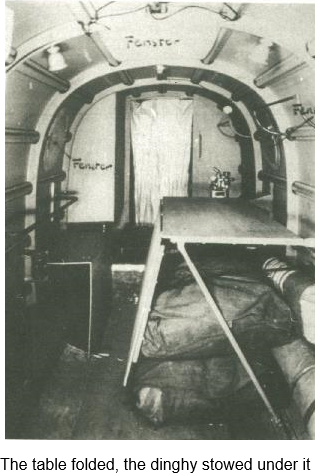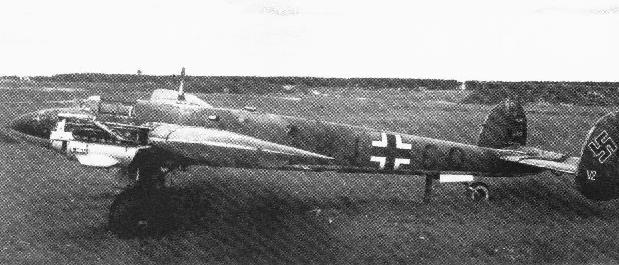In 1937, Messerschmitt began Projekt P. 1064, a study for a long-range reconnaissance aircraft, and took basic design of the Bf 110 twin-engine heavy fighter as its basis. The P. 1064 had a long, slim fuselage with two wing-mounted engines. Planned from the outset as a record-breaking aircraft, after becoming convinced that the aircraft was capable of taking the world long-distance flight record, the German Air Ministry approved the project and gave it the designation of 8-261.
The intended goal of the project was for a completed example of the aircraft to carry the Olympic Flame from Garmisch-Partenkirchen, Germany (site of the 1936 Winter Olympics) to Tokyo, Japan for the 1940 Summer Olympics in what would be a record-breaking nonstop flight ( 9445km). The plan captured the imagination of Adolf Hitler at an early stage in its design and in tribute, the aircraft carried the unofficial name: Adolfine.
The Me 261 incorporated a number of features which were highly advanced for its day. The single-spar all-metal wing was designed to serve as a fuel tank and its depth at the wing root was only slightly less than the height of the fuselage. The fuselage itself was of virtually rectangular section, with space for five crew members, consisting of two pilots seated side-by-side with the radio operator directly behind in the front compartment, while a navigator and a flight engineer were housed in the rear fuselage under a stepped, glazed station.
Power came from four Daimler-Benz DB 601 engines, coupled together in pairs in a "power system" known as the DB 606, originally developed for the Heinkel He 177 strategic bomber. Each pair drove a variable pitch propeller through a shared gearbox, generating 2,700 PS each.
The Me 261 had a conventional, retractable tail-wheel landing gear, although it had unusually large and bulky low-pressure tires, much like modern day aircraft tundra tires, which prevented the aircraft from becoming bogged down on rough grass landing strips. The main gear's design appears to use main struts that rotated through 90° during their rearwards retraction sequence, that had the sizable main wheels resting atop the retracted struts, much like the production examples of the Junkers Ju 88 already used. Even the tail-wheel was a larger-than-average, low-pressure pneumatic tire.
The construction of three prototypes began at Messerschmitt's Augsburg works during the spring of 1939, but progress was slow due to the realisation that war would probably soon break out and the 1940 Summer Olympics would be cancelled. The Me 261's original design brief as a long-range reconnaissance aircraft had been forgotten and it was viewed as non-strategic and was nearly abandoned, with all work stopping in August 1939.
However, the Air Ministry realised that it could be a useful vehicle for evaluating long-range operations and work resumed in the summer of 1940.
| Type |
V1, V2 6-seat mail carrying and testplane for longrange flights |
V3 7-seat experimental for longrange flights |
| Engine |
2 × Daimler-Benz DB 606 A/B with 4-bladed VDM prop. Dia 4,5 m |
2 × Daimler-Benz DB 610 A/B |
| Dimensions |
Length 16,7 m, height 3,9 m, span 26,90 m, wing area 85 m2 |
Length 16,68 m, height 4,71 m, span 26,86 m, wing area 76 m2 |
| Weights |
Empty , flying weight 25150 kg , fuel 16000 l |
| Performance |
Maximum speed 483 km/h at sea level, 582 km/h at 5900 m, range 8900 km at 366 km/h at 5100 m , service ceiling 7800 m |
Maximum speed 620 km/h at 3000 m, range 11024 km, service ceiling 8260 m |
| Type |
Werk.Nr |
Registration |
History |
| V1 |
2445,
26110000001 |
BJ+CP |
The first flight of the Me 261 V1 was on 23 December 1940, flown by Messerschmitt's test pilot Karl Baur. Willy Messerschmitt wrote to Ernst Udet in early 1941 with the results of the first flight, predicting a range of over 20,000 km for the type. The decision to use the DB 606 engine was a problem because only a few were available for development projects, as most were needed for types already in production such as the Heinkel He 177. The Me 261 V1 was badly damaged during an Allied bombing attack on Lechfeld in 1944 and eventually scrapped. |
| V2 |
2446 |
BJ+CQ |
The first flight of the Me 261 V2 was in early 1941. By now official thinking saw the Me 261 as a long-range maritime reconnaissance aircraft. Messerschmitt had realised that the fuel-carrying nature of the aircraft's wings ruled out fitting armaments to them, and so both prototypes were tested for endurance through to 1943. There was a suggestion that one or both be used to drop propaganda leaflets on New York City, but nothing came of the idea before the aircraft were destroyed. The Me 261 V2 was damaged during the same Allied bombing attack as the V1 and like it was later scrapped. |
| V3 |
2447 |
BJ+CR |
The V3 differed from its predecessors in being powered by two DB 610 engines (another paired engine design) and room for two additional crew members. The first flight of the Me 261 V3 was in early 1943. This aircraft had the longest series of flight tests. On 16 April 1943, the Me 261 V3 was flown by Karl Baur over a distance of 4,500 km in an elapsed time of 10 hours, setting an unofficial endurance record which could not be confirmed due to war conditions. In July 1943, the Me 261 V3's hydraulics failed on landing and the port undercarriage leg collapsed. The V3 was transported to Oranienburg for repairs, and after that used on a few long-range missions for the Luftwaffe's reconnaissance division. Its ultimate fate is unknown. |
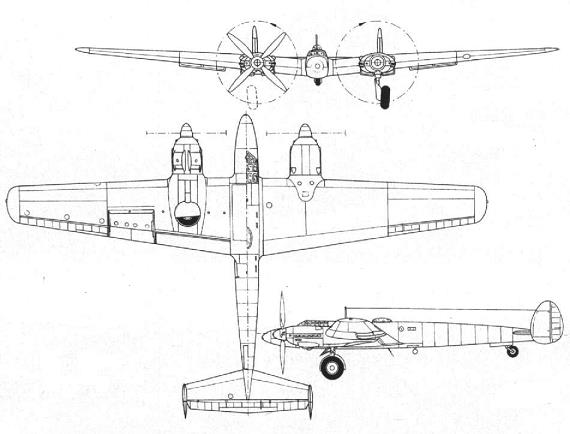



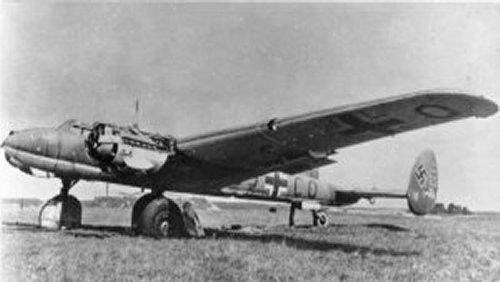
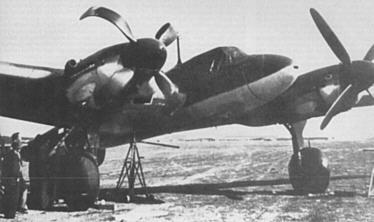
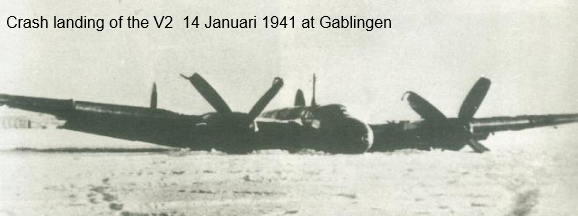
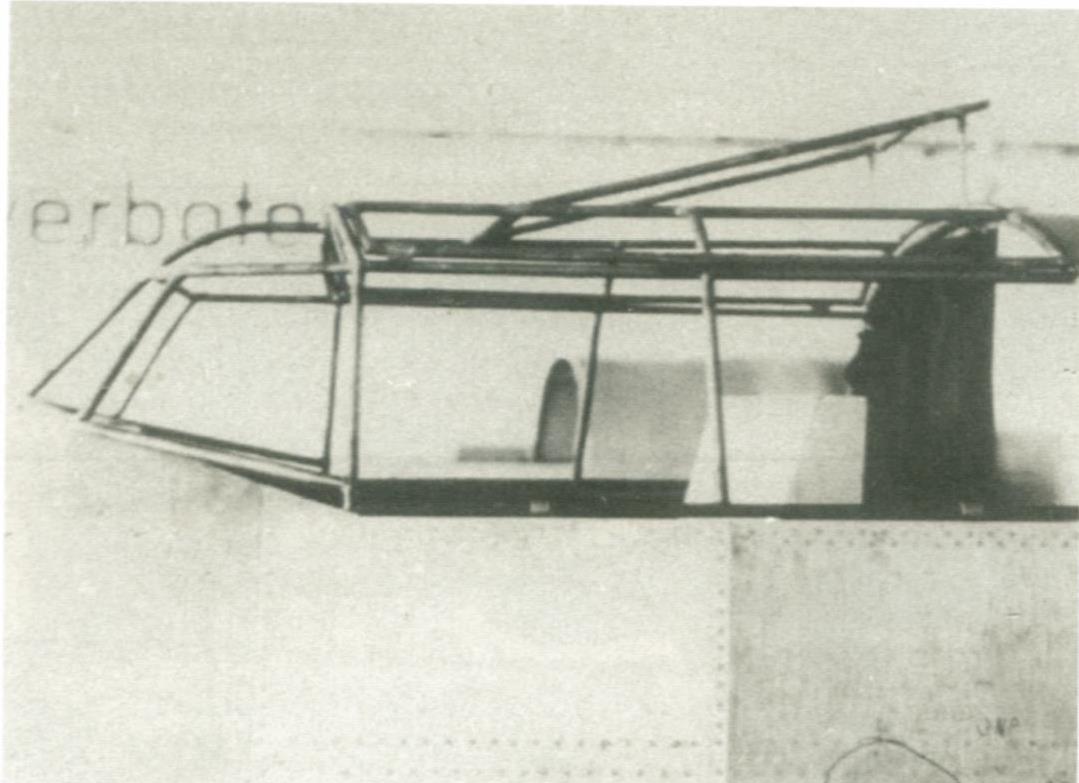
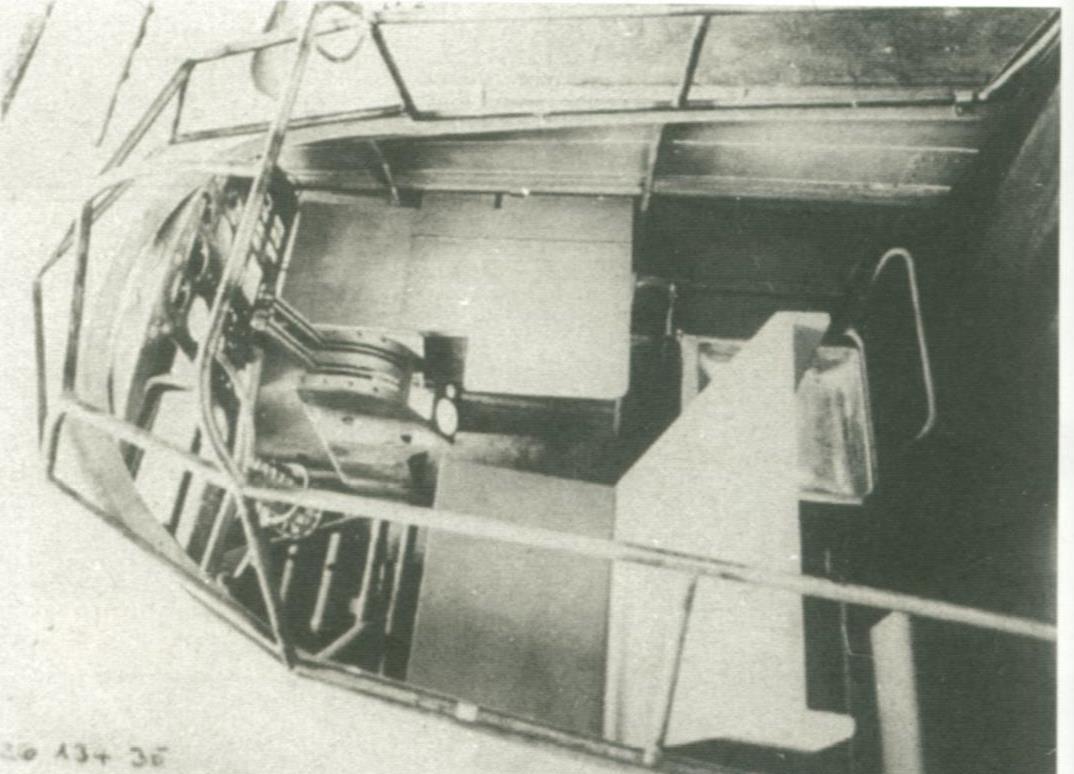
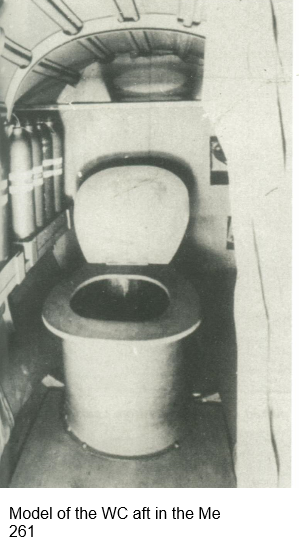
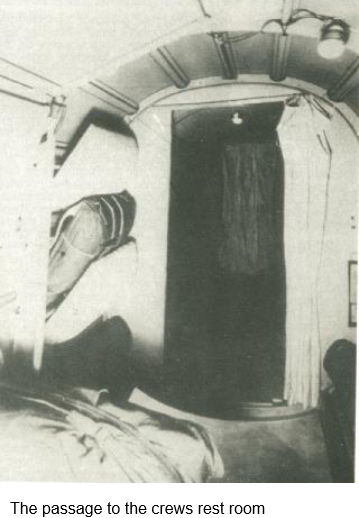
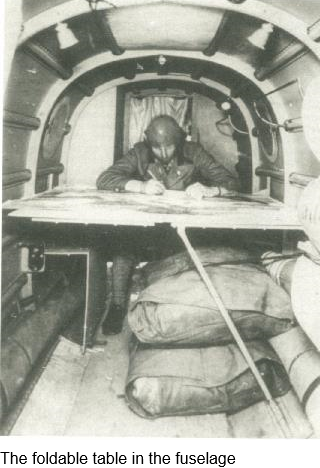
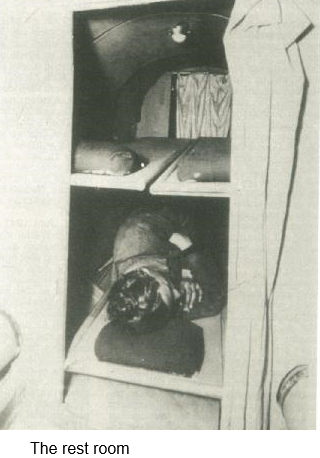

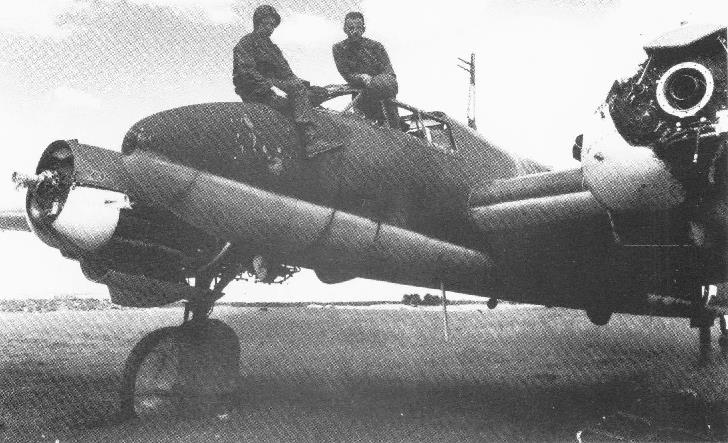
Die Me 261 V2 mit dem Kennzeichen BJ + CQ, die 1941
ihren Erstflug hatte. stand noch im Juni 1945 - so wie es die drei Bilder hier zeigen auf dem Flugplatz Lechfeld.
